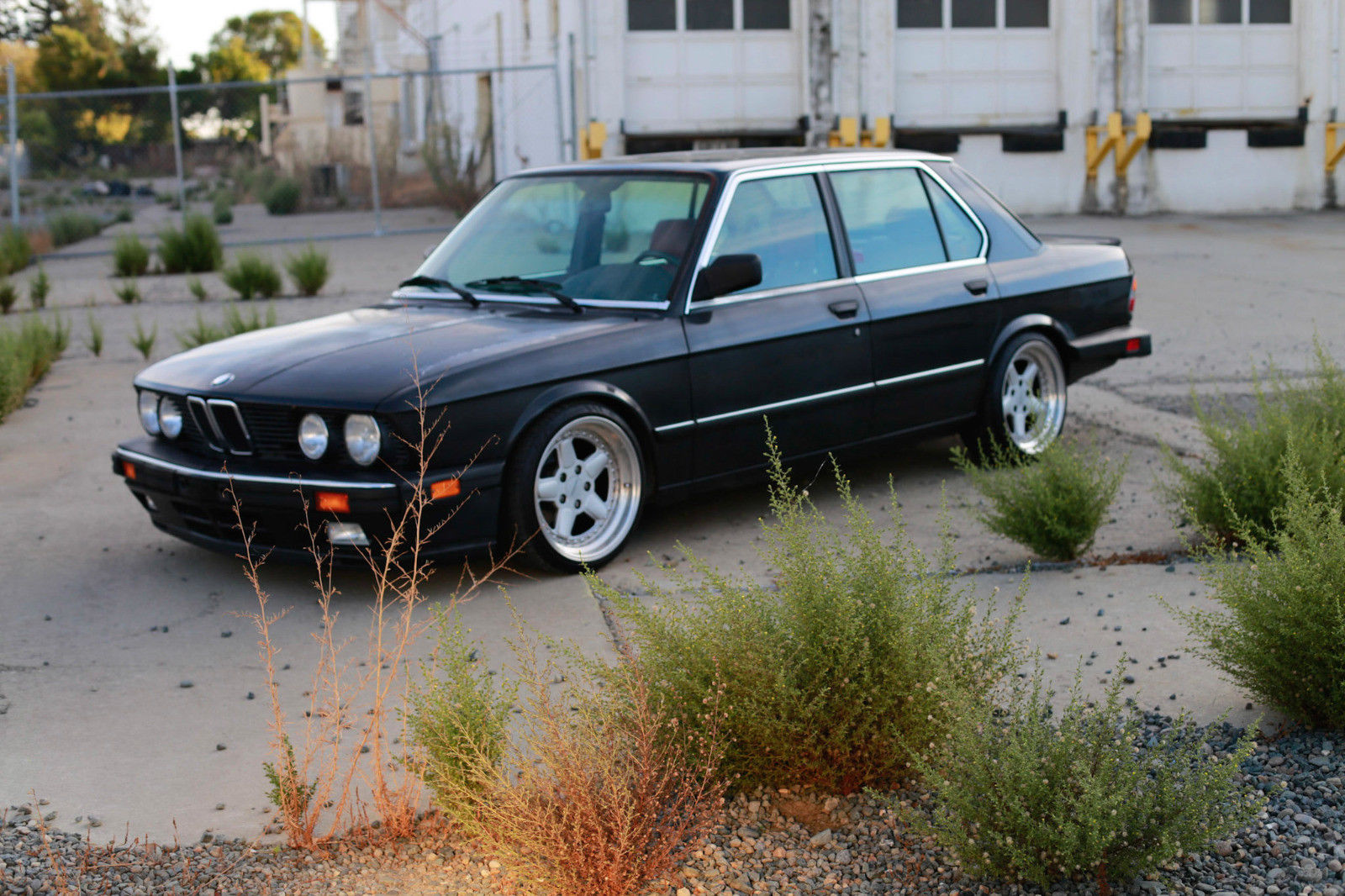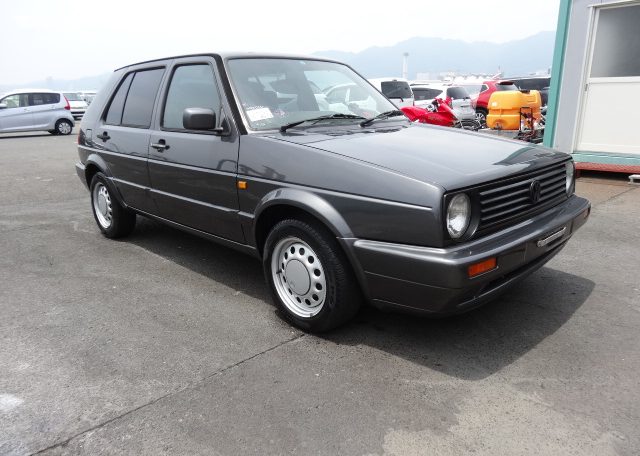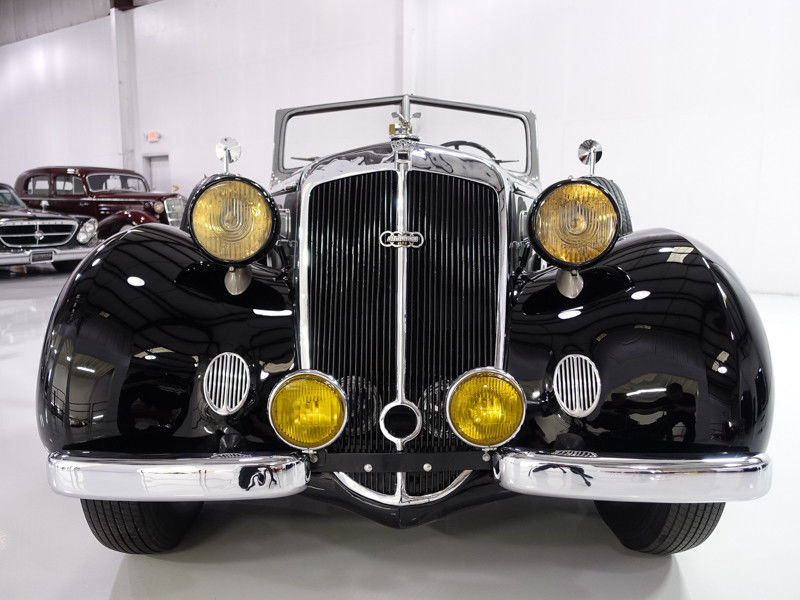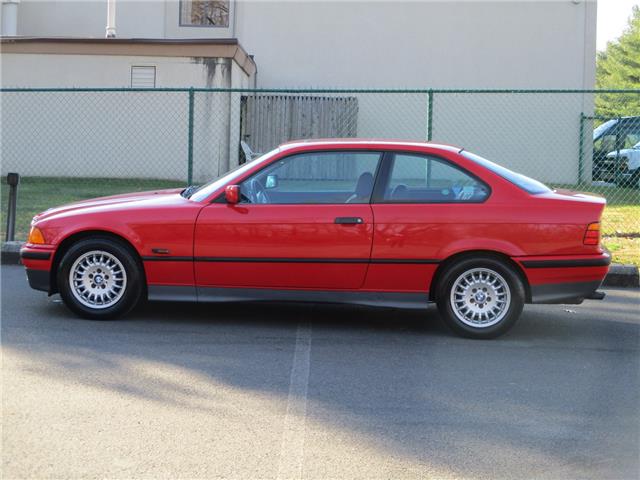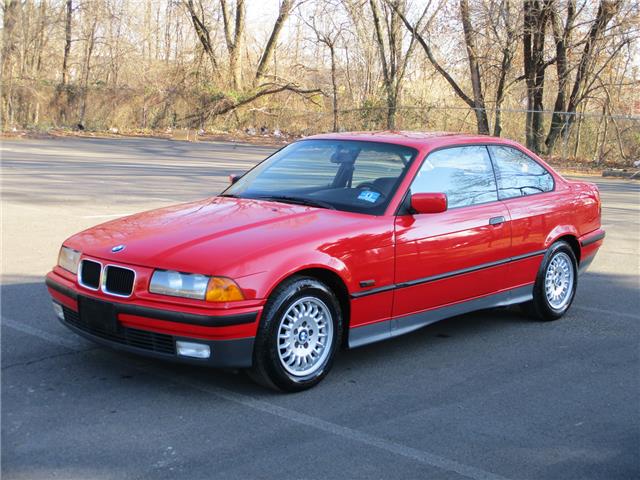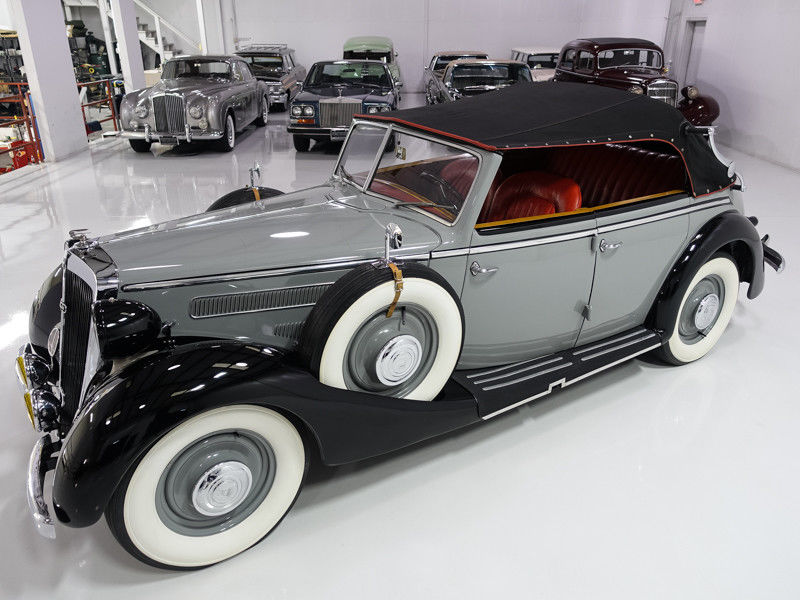
Okay, I’ll admit that we don’t spend a lot of time on pre-War German cars. The why is quite simple; outside of an occasional Mercedes-Benz model, there just weren’t a lot of pre-War German cars exported to the United States. Heck, there just weren’t a lot of pre-War German cars, period.
Contrary to popular belief, German wasn’t a nation of drivers until well after World War II. It was something that Mercedes-Benz and upstart conglomerate Auto Union lamented to a certain then-new German Chancellor by the name of Adolf Hitler. Hitler agreed; he wanted and needed the automobile industry in Germany to prosper to help resurrect the economy. But he also needed German car firms to take to new markets. The results you likely know; Hitler spurred the industry through lowering of automobile taxes, and more notable, the encouragement and funding of international-level automobile racing. It’s one of the few times in history that a government has undertaken full sponsorship of a race effort, and without a doubt it was the most successful and evocative. Should you care to on this blustery and very cold late December evening (at least here in New England, where temperatures are struggling to reach double digits), you can read all about it in my dissertation:
Motorsports Monday Special: Racing to Sell – The ‘Silberpfeil’: Part 6
The result of all of that racing and support of the automobile industry was that both Mercedes-Benz and Auto Union prospered – for a while. The unfortunate side-effect of the buildup for the Spanish Civil War and World War II, along with re-arming several areas of taken from Germany through the Versailles Treaty was that by the late 1930s, automobile production had ceased to accelerate because of artificial shortages of items like metal and rubber. Couple that with the fact that most Germans, though much better off in aggregate following the NSDAP takeover in 1933 than they had been during the Great Depression from 1929-1932, still weren’t very rich. So although both Auto Union and Daimler-Benz produced ultra-luxury models like the Mercedes-Benz 540 series and the Horch 853, few outside of high-ranking party officials could afford them. And even then, they were often gifts to gain favor with the notoriously corrupt government.
Today, some 80 years on from that time period, these incredible machines have gained a new appreciation in the market place. Long second fiddle to the pre-War stand-bys – Rolls Royce, Packard, Bentley, and Duesenberg, the rare models from Mercedes-Benz have come to surpass the value of nearly all pre-War cars outside of some real exotics, and Horch models, too, have come to be much more highly valued:

